New Hampshire Ball Bearings explains work
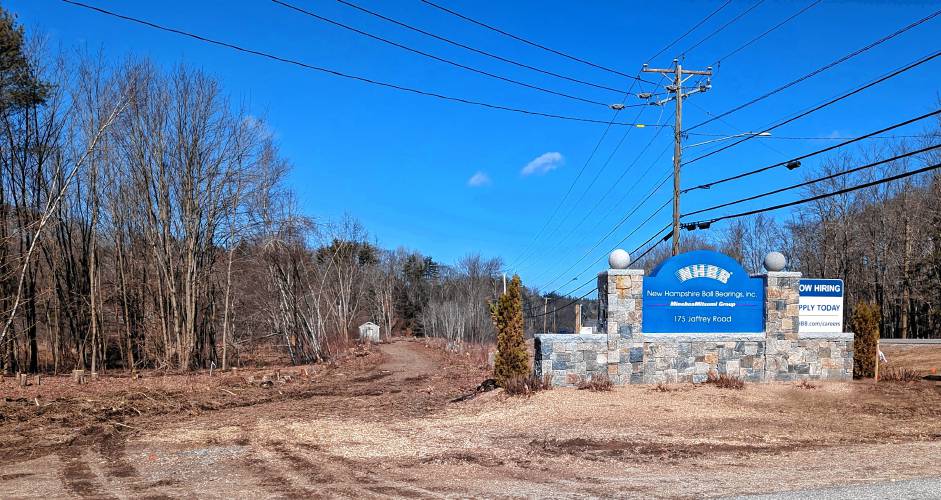
Work in front of the New Hampshire Ball Bearings property in Peterborough. —PHOTO BY ROBYN NATTILA
| Published: 03-02-2024 8:31 AM |
The following is from a statement from New Hampshire Ball Bearings concerning work it is doing in front of its location at 175 Jaffrey Road in Peterborough:
“As recent travelers on Route 202 South have observed, there has been substantial tree-clearing in front of the New Hampshire Ball Bearings, Inc. factory. The work is in preparation for an $8.5 million environmental remediation project taking place this construction season as part of ongoing efforts at the South Municipal Water Supply Well Superfund Site.
Peterborough’s South Well was found to be contaminated with volatile organic compounds in 1982 and has been out of service since that time. Investigations by the State of New Hampshire and NHBB identified NHBB as the source of the contamination due to the waste management practices of the distant past. The site, including the South Well and NHBB property, was designated a Superfund site in 1984. NHBB has been working with the U.S. Environmental Protection Agency and the New Hampshire Department of Environmental Services since that time to remediate contaminated soil and groundwater and to restore the town’s South Well to a usable condition in the future.
These efforts have included the use of a number of remediation technologies – all fully funded by NHBB – including the operation of a groundwater extraction and treatment system, the operation of soil-vapor extraction and treatment systems, the excavation and disposal of contaminated wetlands sediments and subsequent restoration of the wetlands, the operation of a thermal remediation system (heating of in-situ soil and groundwater to 212 degrees Fahrenheit to vaporize and capture contamination) and the installation of a “permeable reactive barrier” (PRB) wall to treat groundwater in-situ as it migrates off NHBB property to the east/northeast.
According to NHBB Director of Safety, Environment and Sustainability Chris Rawnsley, the current construction project is the re-installation of the permeable reactive barrier wall.
‘The PRB is a passive treatment system installed below ground, which destroys contamination as it passes through the barrier with groundwater flow,’ Rawnsley explained. ‘Monitoring of the performance of the first PRB, installed in 2014, established that it was not meeting its performance objectives of treating groundwater to drinking water quality standards.’
Studies indicated that the treatment technology used in the PRB remains viable but that an alternative installation technique was necessary.
The PRB will be installed using an overlapping caisson technique, in which large borings are drilled and back-filled with the PRB material, creating a wall in the subsurface.
Article continues after...
Yesterday's Most Read Articles
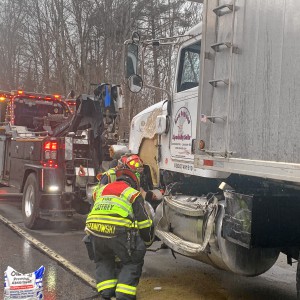 UPDATE: Drivers identified in Jaffrey dump truck crash
UPDATE: Drivers identified in Jaffrey dump truck crash
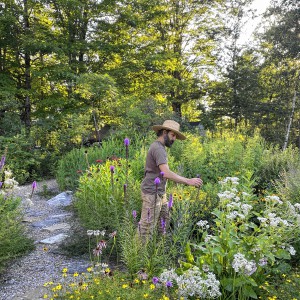 Fassett Farm Nursery in Jaffrey focuses on native plants
Fassett Farm Nursery in Jaffrey focuses on native plants
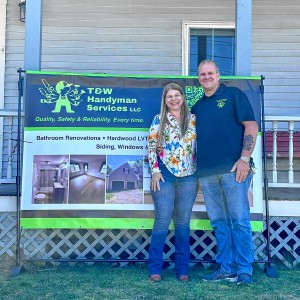 T & W Handyman Services in Jaffrey celebrates new location
T & W Handyman Services in Jaffrey celebrates new location
 Scott Bakula starring in Peterborough Players’ ‘Man of La Mancha’
Scott Bakula starring in Peterborough Players’ ‘Man of La Mancha’
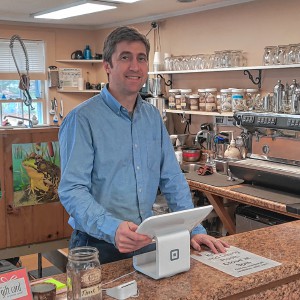 Parker and Sons Coffee Roasting in Peterborough strives to create the perfect coffee
Parker and Sons Coffee Roasting in Peterborough strives to create the perfect coffee
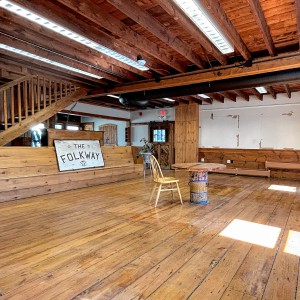 Former home of The Folkway in Peterborough is on the market
Former home of The Folkway in Peterborough is on the market
‘The equipment used to perform this work will be familiar to many, as it will be very similar to the large drill rigs used in the recent Main Street and Route 101 bridge projects,’ said Rawnsley. ‘The PRB will extend some 450 feet along NHBB’s eastern property boundary with Route 202S, along the old B&M rail bed.’
Installation of the system will not interfere with the public or NHBB’s manufacturing operations, nor does the presence of the PRB present any risk to the public or NHBB employees.
Environmental media, including air, soil, and groundwater, are monitored to assess the effectiveness of actions taken by NHBB and to ensure the safety of the public, NHBB’s employees and the environment.
The project is estimated to be completed by late autumn.”

 Grapevine receives donation from 100+ Women Who Care
Grapevine receives donation from 100+ Women Who Care The Greenfield Beat: Jesseca Timmons – Diana Dunbar Place focuses on life’s ‘third act’
The Greenfield Beat: Jesseca Timmons – Diana Dunbar Place focuses on life’s ‘third act’
